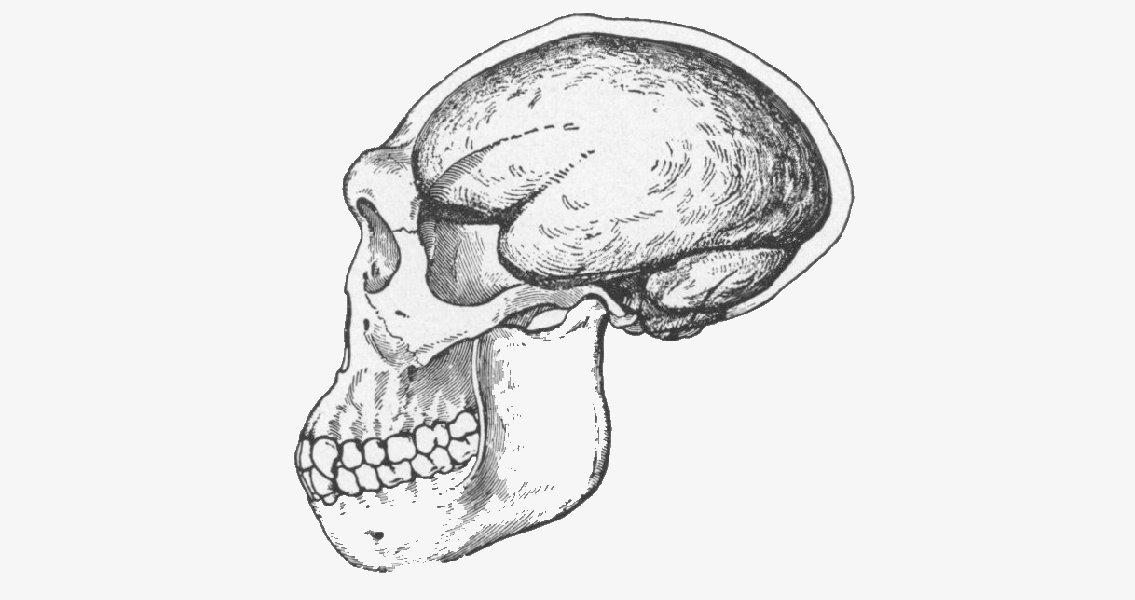<![CDATA[The oldest example of human engraving has just been discovered. An international team of researchers, led by José Joordens, researcher at the Faculty of Archaeology at Leiden University, has recently uncovered evidence that Homo erectus carved patterns into shells. The team's research sheds new light on the evolution of human behaviour. Joordens and his team studied hundreds of fossils and sediments from the Homo erectus site Tinil, located on the Indonesian island of Java. The shells are part of the Dubois Collection held at the Naturalis Biodiversity Center in Leiden, the Netherlands. They were originally excavated in the nineteenth century by Eugène Dubois, but have been languishing in the museum’s collection without being closely examined, until now. On some of the fossilised mussel shells Joordens’ team found etched patterns. The zigzag patterns are clearly older than the weathering process on the shells caused by fossilisation. The possibility that the zig-zag markings were created by animals has also been ruled out. The geometric nature of the etchings means that they could not have been created by natural processes; therefore, the etchings must have been made by Homo erectus. "Until this discovery, it was assumed that comparable engravings were only made by modern humans (Homo sapiens) in Africa, starting about 100,000 years ago," Joordens wrote in Nature. By using two dating methods, researchers have determined that the shells are between 430,000 and 540,000 years old. These carvings are, therefore, at least four times older than the oldest engravings previously found. Joordens’ research shows that we must expand our understanding of human activity to include much earlier groups than Homo sapiens. It is unclear what the purpose of the engravings was. “I can imagine people may be wondering whether this can be seen as a form of early art," Wil Roebroeks, Professor of Palaeolithic Archaeology at Leiden University, told Science Daily. "[But] at the moment we have no clue about the meaning or purpose of this engraving." What Joordens’ team have shown, however, is that early human-like people were much more advanced than previously thought. In order to open the freshwater mussels, they drilled a hold through the shell with a sharp object, possibly a shark tooth. What is most impressive is that holes were made precisely at the point where the muscle keeping the shell closed was attached. "The precision with which these early humans worked indicates great dexterity and detailed knowledge of mollusc anatomy," said Frank Wesselingh, a researcher and expert on fossil shells at Naturalis. The molluscs were eaten and the shells used in the manufacture of tools, such as knives. Joordens’ work also indicates that Asia could be a promising area for finding new information as it is relatively unexplored. Further excavations in Asia could turn up a wealth of new artefacts, which could improve our understanding of how ancient human-like groups behaved. The discovery of Homo erectus etchings from 500,000 years ago sheds unexpected new light on the behaviour of ancient human ancestors. Homo erectus, it is now clear, was an intelligent group capable of precisely using tools.]]>
500,000 Year Old Engraving Found in Museum Collection
